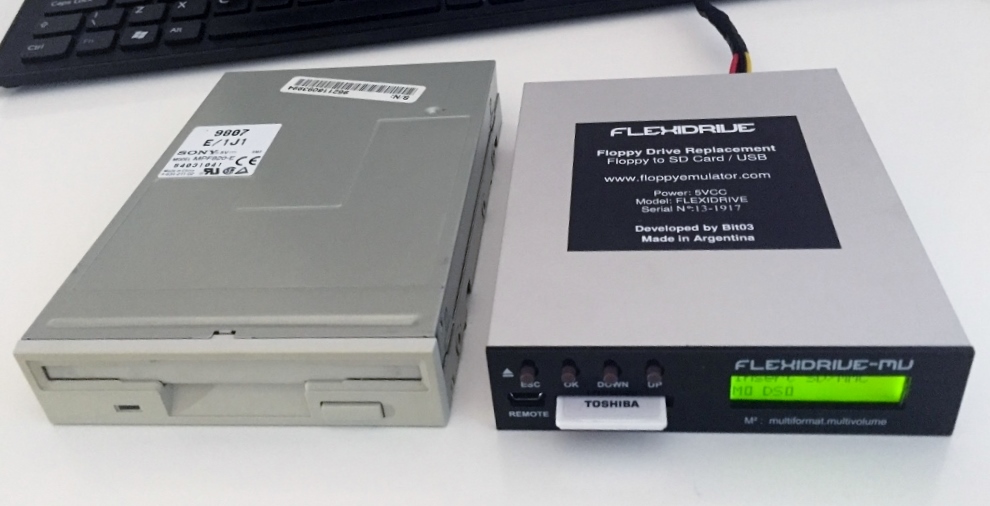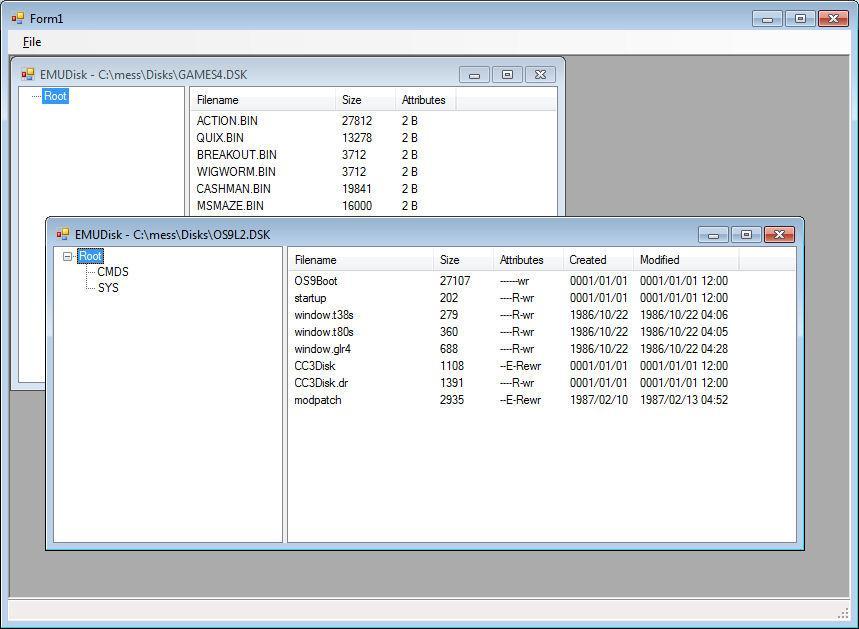
It’s now possible to run Super-OS/9 in the popular VICE emulator. System Disk (D64) – Super-OS/9 boot disk (D64 image for 40 drives). System Disk (D80) – Super-OS/9 boot disk (D80 image for the CBM 8050 drive).

Insert a boot disk in unit 8, drive 0 and type disk8/0.os9 at the Waterloo startup menu. The original instructions from the Super-OS/9 disk include installation and testing procedures. It’s been installed in my SuperPET ever since and it works well. I built the MMU board using point-to-point soldering. Super-OS/9 MMU Schematic by Nils Eilers Prototype Nils Eilers took my hand-drawn schematic and produced a much nicer one: OS9SELECT) are my own, since I’ve never seen the original schematic. I drew this schematic after reverse engineering the PCB. Each side is a different layer and color, with the holes aligned as closely as possible. Finally, I combined the two images into a single Photoshop PSD file. I removed all background, leaving only the traces. To reverse engineer the board, I used Adobe Photoshop to edit the images. These photos are the original MMU board produced by TPUG members:
#OS9 EMULATOR MAC MACOS MACOS9 SOFTWARE#
When the /FIRQ triggers, the SYNC instruction stops blocking, and the software can resume in the SuperPET map. The /FIRQ pin is unused in the stock SuperPET. It then resets the latch to return to the SuperPET memory map and generates an /FIRQ (“fast interrupt”). The MMU board has logic gates that detect this.

When the 6809 is in “SYNC mode” waiting for an interrupt, two output pins on the 6809 indicate this condition: BA=1 and BS=0 (called “SYNC Acknowledge” in the datasheet). This instruction blocks until an interrupt occurs (similar to WAI on 65C02).
#OS9 EMULATOR MAC MACOS MACOS9 CODE#
To get back to the usual SuperPET memory map, the code executes the 6809’s SYNC instruction. There is no access to the $EFFC latch once in the OS-9 memory map. In this map, the 6809 sees 64K of contiguous RAM from $0000-FFFF, all physically located in the SuperPET expansion RAM. When bit 5 is high, the OS-9 memory map is activated. It expands the SuperPET expansion RAM bank select latch at $EFFC (on the combo board, 74LS273 U36).īit 5 – Unused on Stock / OS9SELECT on MMUīit 6 – Unused on Stock / FIRQDISABLE on MMU The Super-OS/9 MMU is a daughterboard that plugs into the 6809 socket on the SuperPET. For more information on the stock SuperPET, see André Fachat’s pages. The currently selected 4K bank is mapped into $9000-9FFF. Writing to the bank select register at $EFFC selects bank 0-15. The expansion RAM is divided into 16 banks of 4K each. It contains 32K from $0000-7FFF, as a CBM 8032 does, and an additional 64K of expansion RAM.

OperationĪ stock SuperPET has a total of 96K RAM. You can also try Super-OS/9 using the VICE emualtor (see below). If you would like to build your own, Jim Brain now sells a PCB and parts kit. I then reverse engineered the board from the photos and built my own working replica using point-to-point soldering. In 2009, I received the Super-OS/9 boot disk and photographs of the original MMU printed circuit board from TPUG members Golan Klinger and Steve Gray. The daughterboard allows a 6809-mode program to select between the normal memory map and one of 64K contiguous RAM ($0000-FFFF) to provide more useful working memory to OS-9. In 1985, Avygdor Moise and other members of the Toronto PET Users Group (TPUG) ported Microware’s OS-9 Level I operating system to the Commodore SuperPET.Īs part of this port, they created a small Memory Management Unit (MMU) daughterboard.


 0 kommentar(er)
0 kommentar(er)
